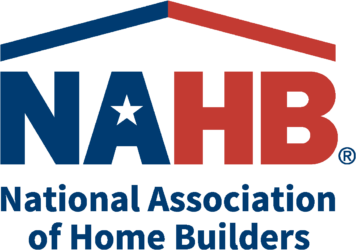In the first quarter of 2022, multifamily home building showed greater growth across all regional markets compared to the first quarter of 2021, per the NAHB’s Home Building Geography Index (HBGI). Apartment construction far outpaced single-family building in all regional geographies but especially in lower density markets1. Low rental vacancy rates and rising rents gave multifamily developers confidence to continue building despite rising costs for land, labor, and materials. Receding virus concerns have also enticed prospective renters to move closer to urban centers.
Multifamily home building in heavily populated urban areas, consisting of large metro area core counties, large metro area suburban counties, and small metro area core counties, grew by 17.4%, 31.4%, and 33.7%, respectively, in the first quarter of 2022. In the same quarter of the previous year, large metro area core counties and suburban counties multifamily home building declined by 3.6% and 9.5%, respectively, and small metro areas’ core counties grew by 5.5%.
Together, urban areas make up 87% of the multifamily home building market. Lower density markets’ combined market share increased from the first quarter of 2021 by 1.4 percentage points to 13.7%. Large metro area core counties lost significant market share in the first quarter of 2022, registering a 3.3 percentage point decline from the first quarter of 2021 to 36.9%, its largest year-over-year market share loss on the HBGI’s record. It was also the largest such loss among all the regional submarkets throughout the span of the HBGI.
The first quarter data additionally show more activity in lower density markets. On a four-quarter moving average year-over-year basis, multifamily home building in micro counties, large metro area outlying counties, small metro area outlying counties, and non-metro, non-micro counties grew by 44%, 45%, 52%, and 83%, respectively. In the first quarter of the previous year, multifamily home building in these geographies grew by 10.1%, 6.0%, 7.7%, and -5.8%.
- In contrast to previous HBGI iterations, this HBGI analysis reinterprets the definition of lower density markets to include large metro outlying counties counties and exclude small metro area core counties. This allows for a better identification of trends that emerged in the Q1 2022 data.
Discover more from Eye On Housing
Subscribe to get the latest posts sent to your email.

